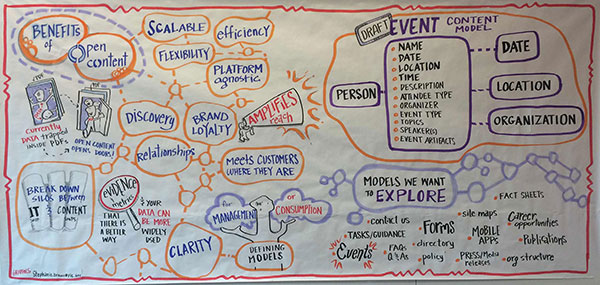Why NCI Moved to a Structured Content Model

Wikipedia says that structured content refers to information that’s been broken down and classified using metadata. It can also refer to information that’s been classified using XML or other standard or proprietary forms of metadata.
The National Institutes of Health’s National Cancer Institute (NIH/NCI) move to structured content has allowed them to easily deliver their content anywhere, anytime, and on any device.
The Challenge
The National Cancer Institute (NCI) has a huge base of information on cancer treatments that is continually updated. The content includes both text and images. In the early 2000’s they were using a word processing Content Management System that was cumbersome and difficult to manage. With the flood of information they received, it was getting harder and harder to keep up-to-date with all the changes.
In many cases, some sections of documents were ready to be released while others were still in review, further clogging the process. Another challenge was training the writers to write for structured content, and what that meant to them.
The Solution
As NCI began looking at an updated Content Management System, they made a conscious effort to separate the structure from the platform. The solution they found most useful was XML. They also developed training materials for the writers, and they trained them on how their content will be shown on the various devices.
Results
The XML structure provided NIH/NCI with rich metadata that gave them more flexibility with their information. As design templates are changed and updated, the content flows into the structure without extra work on their part. As they moved into mobile, they were able to create markup that allows them to control how their content will display on mobile devices.
NIH/NCI sees structured content as the first step in “future-proofing” their content. As they receive more and more content and devices multiply, it will be almost impossible to keep adjusting and updating content without structured content.
Editor’s Note: Check out the structured, open content models and join in the open content modeling project.

